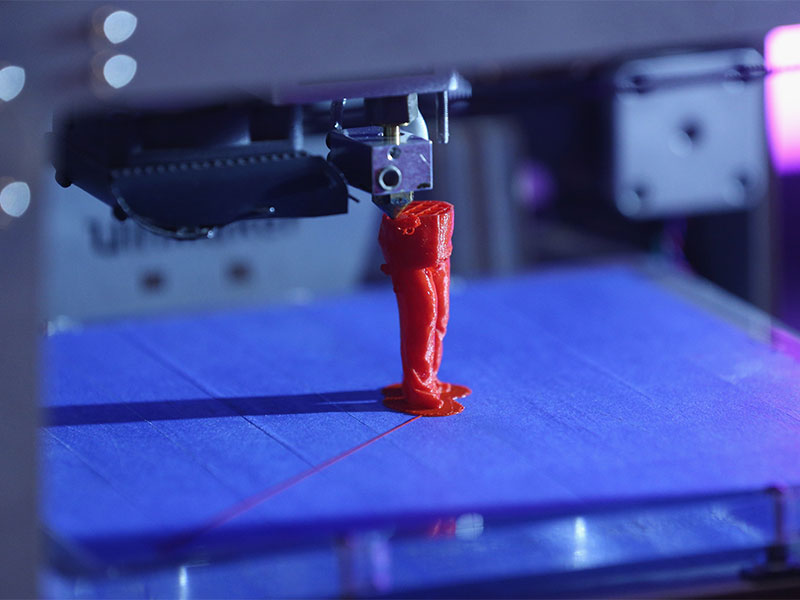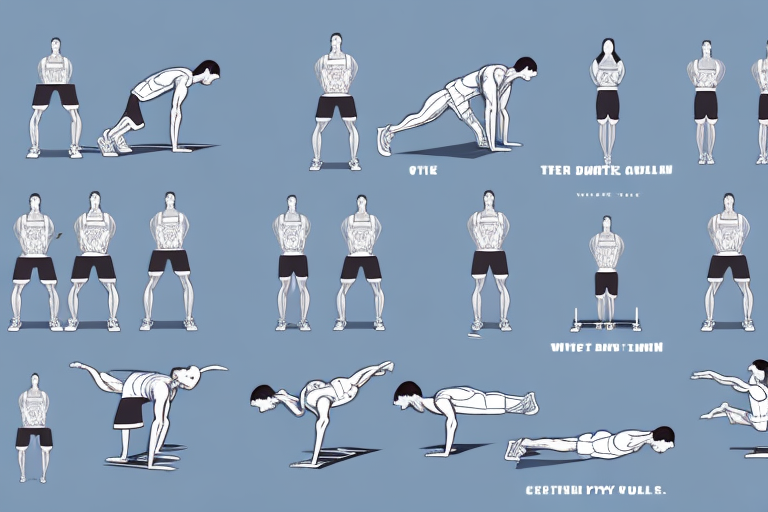

Innovative Healthcare: Unleashing the Potential of 3D Printing
In the dynamic landscape of healthcare, 3D printing is emerging as a groundbreaking technology, revolutionizing the way medical professionals approach patient care, treatment planning, and even the manufacturing of customized medical devices. The versatility of 3D printing opens new avenues for innovation and precision in healthcare, offering a glimpse into a future where personalized medical solutions are more accessible than ever.
The Evolution of 3D Printing in Healthcare
The integration of 3D printing in healthcare represents a significant evolution in medical technology. Initially used primarily for prototyping and research, 3D printing has expanded its role to include direct applications in patient care. From anatomical models for surgical planning to the production of patient-specific implants, the healthcare industry is witnessing a transformative shift in how 3D printing is utilized.
Customized Anatomical Models for Surgical Planning
One of the notable applications of 3D printing in healthcare is the creation of highly accurate anatomical models. These models replicate patient-specific anatomies, providing surgeons with an invaluable tool for preoperative planning. Surgeons can visualize complex structures, practice procedures, and anticipate challenges, leading to more precise and efficient surgeries.
Patient-Specific Implants and Prosthetics
3D printing has revolutionized the manufacturing of patient-specific implants and prosthetics. By precisely matching the patient’s anatomy, 3D-printed implants offer a tailored solution for improved functionality and comfort. This customization minimizes complications and enhances the overall success of procedures, ranging from orthopedic implants to cranial and dental reconstructions.
Advancements in Drug Delivery Systems
The versatility of 3D printing extends to the realm of pharmaceuticals with advancements in drug delivery systems. Researchers are exploring 3D-printed drug formulations that enable controlled release and personalized dosages. This innovation holds the potential to optimize treatment regimens, improve patient adherence, and enhance the efficacy of various medications.
Bio-Printing: Building Living Tissues and Organs
One of the most groundbreaking aspects of 3D printing in healthcare is bio-printing, a technique that involves layer-by-layer deposition of living cells to create functional tissues and organs. While still in the experimental stage, bio-printing holds promise for organ transplantation and tissue engineering. The ability to produce patient-specific tissues may address the shortage of donor organs and reduce the risk of rejection.
Dental Applications: Personalized Restorations and Prosthetics
3D printing has found extensive applications in dentistry, providing innovative solutions for personalized restorations and prosthetics. From crowns and bridges to removable dentures, dental laboratories leverage 3D printing to create precise and patient-specific dental appliances. This not only enhances the aesthetics of dental solutions but also improves overall functionality and comfort for patients.
Challenges and Considerations in 3D Printing
While the potential of 3D printing in healthcare is vast, it comes with its share of challenges and considerations. Regulatory approval, standardization of processes, and ethical concerns related to bio-printing are areas that demand careful attention. As 3D printing continues to evolve, addressing these challenges will be essential to ensure the safe and ethical implementation of this technology in patient care.
Education and Training Opportunities for Healthcare Professionals
The integration of 3D printing in healthcare introduces new opportunities for education and training in the medical field. Healthcare professionals can benefit from hands-on experiences with 3D-printed models, improving their understanding of complex anatomies and enhancing their procedural skills. This educational aspect contributes to a more competent and prepared healthcare workforce.
Exploring the Future of 3D Printing in Healthcare
To delve deeper into the transformative potential of 3D printing in healthcare and explore the latest innovations, visit BMA Unleash. This platform is dedicated to unleashing the possibilities of 3D printing, offering insights into advancements, case studies, and the future implications of this revolutionary technology in healthcare.
Conclusion: A Paradigm Shift in Healthcare Innovation
The integration of 3D printing in healthcare marks a paradigm shift in how medical professionals approach patient care and innovation. From personalized anatomical models to bio-printed organs, 3D printing holds the promise of delivering more effective, precise, and customized healthcare solutions. As technology continues to advance, the impact of 3D printing on healthcare is likely to reshape the industry, paving the way for a future where medical interventions are as unique as the individuals they serve.






:max_bytes(150000):strip_icc()/About-A53-YChestPress-719-c0225c885f6347e1a7c52bab2fdc2bb8.jpg)


